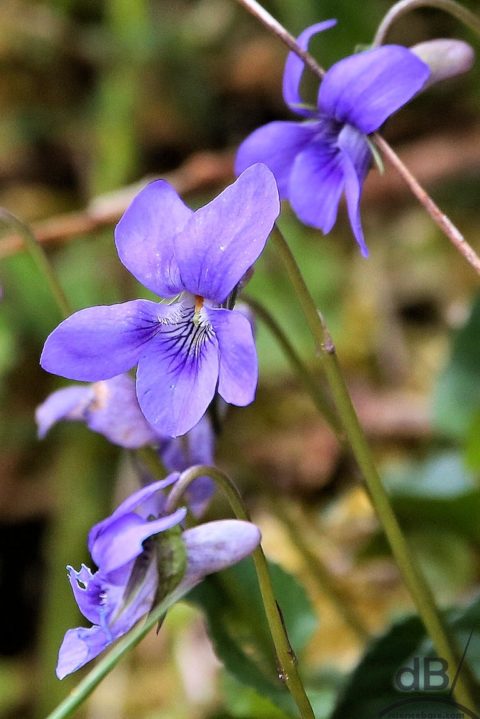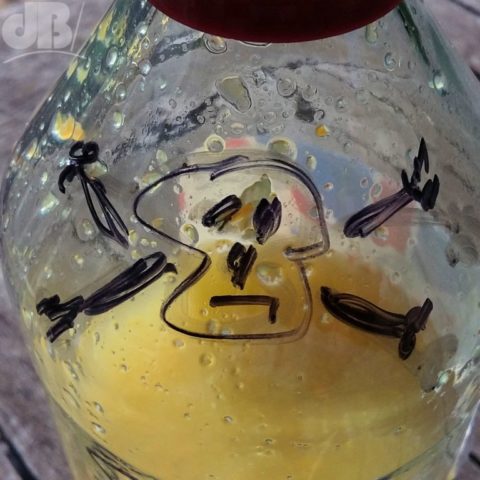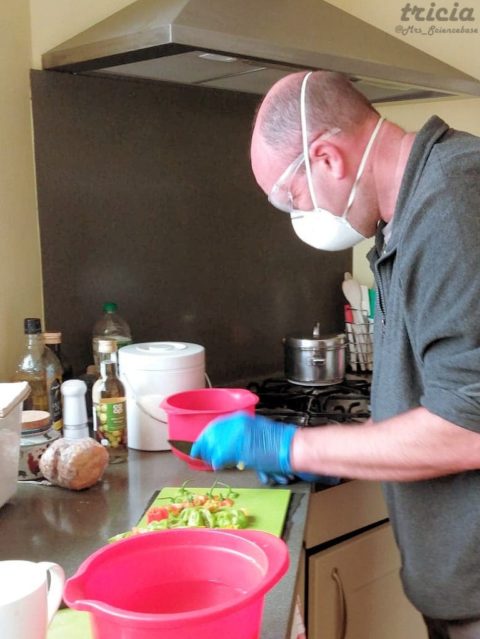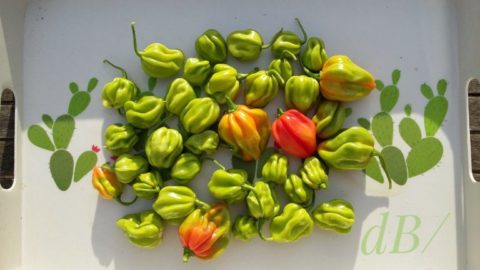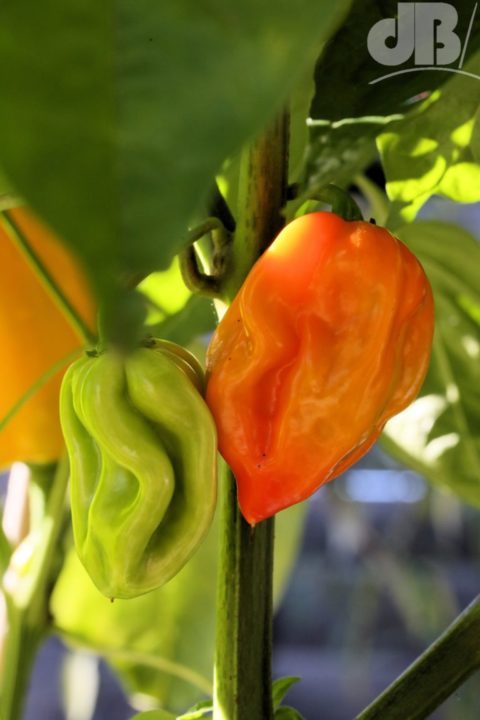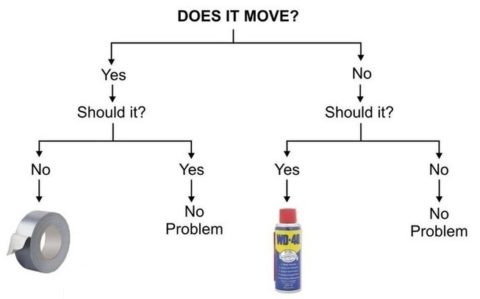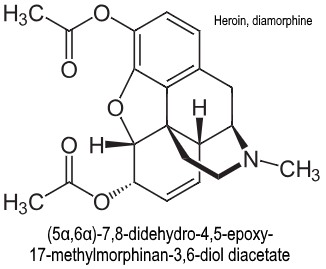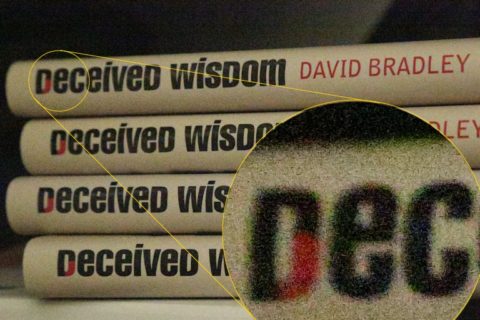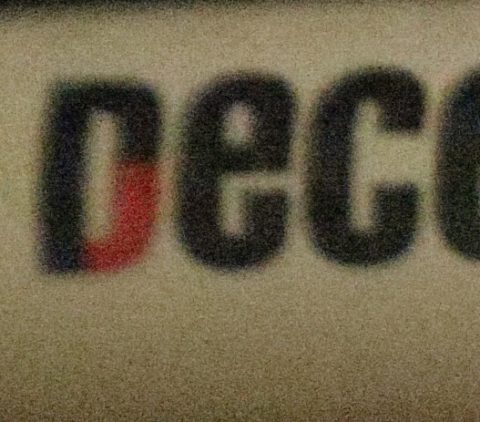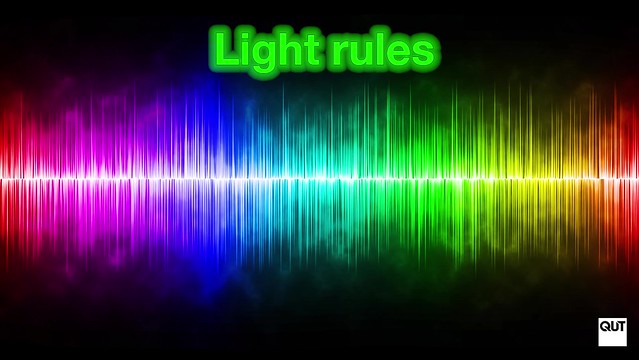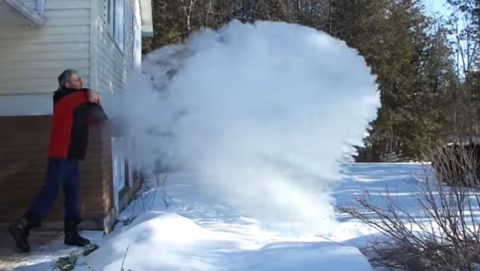TL:DR – American musician and songwriter Thomas Andrew Lehrer wrote a humourous song in which he sings the names of the chemical elements to the tune of the Major-General’s Song from Gilbert and Sullivan’s operetta The Pirates of Penzance.
Periodic Table Song
I’ve been meaning to learn and record a cover of this song, but am yet to get around to it. Meanwhile, here are the original lyrics to The Elements.
The Elements (To be sung to the tune of Gilbert and Sullivan’s A Modern Major General)
by Tom Lehrer
There’s antimony, arsenic, aluminum, selenium,
And hydrogen and oxygen and nitrogen and rhenium
And nickel, neodymium, neptunium, germanium,
And iron, americium, ruthenium, uranium,
Europium, zirconium, lutetium, vanadium
And lanthanum and osmium and astatine and radium
And gold, protactinium and indium and gallium
And iodine and thorium and thulium and thallium.
There’s yttrium, ytterbium, actinium, rubidium
And boron, gadolinium, niobium, iridium
And strontium and silicon and silver and samarium,
And bismuth, bromine, lithium, beryllium and barium.
There’s holmium and helium and hafnium and erbium
And phosphorus and francium and fluorine and terbium
And manganese and mercury, molybdenum, magnesium,
Dysprosium and scandium and cerium and caesium
And lead, praseodymium, and platinum, plutonium,
Palladium, promethium, potassium, polonium, and
Tantalum, technetium, titanium, tellurium,
And cadmium and calcium and chromium and curium.
There’s sulfur, californium and fermium, berkelium
And also mendelevium, einsteinium and nobelium
And argon, krypton, neon, radon, xenon, zinc and rhodium
And chlorine, carbon, cobalt, copper,
Tungsten, tin and sodium.
These are the only ones of which the news has come to Harvard,
And there may be many others but they haven’t been discovered.
You can listen to Lehrer here (3700kb Quicktime Mov file). Search on The Vatican Rag and Masochism Tango for more of Lehrer’s wonderful material
Check out a fantastic animated version of The Elements here. (Someone should do a Peter Kay to this song and get it back in the Top Twenty, that would do wonders for the image of chemistry, I’m sure).
Read about the discoveries of elements 111 and 115, and our historical timeline showing the discovery of the elements. An updated version to cope with the new elements was written and recorded by Helen Arney.
